TIGAK ISLANDS, Papua New Guinea–The Pacific Islanders face some of the most dire consequences of rising seas—from flooding to disruptions on various islands, saltwater intrusion and the inevitable relocation of people from disappearing shorelines. They face similar challenges from the changing climate, yet these are exacerbated by their remoteness and smallness.
In the atoll communities, such as in the Tigak Islands in the New Ireland Province of Papua New Guinea (PNG), indigenous peoples rely on a thin aquifer of fresh water. But with king tide (an unusual high tide) and a high wave event, they usually suffer from saltwater intrusion causing loss of food and freshwater.
The Tigak people are the indigenous landowners of the land which Kavieng Town, the capital of New Ireland Province now sits on. Because their mainland is occupied by the State, the people now live along the coastlines and nearby islands.
There are more than 20 islands that make up the Tigak Islands of New Ireland Province in PNG. Half of these islands are inhabited by people whilst the others are uninhabited as they are too small and exposed to strong winds and rough seas.
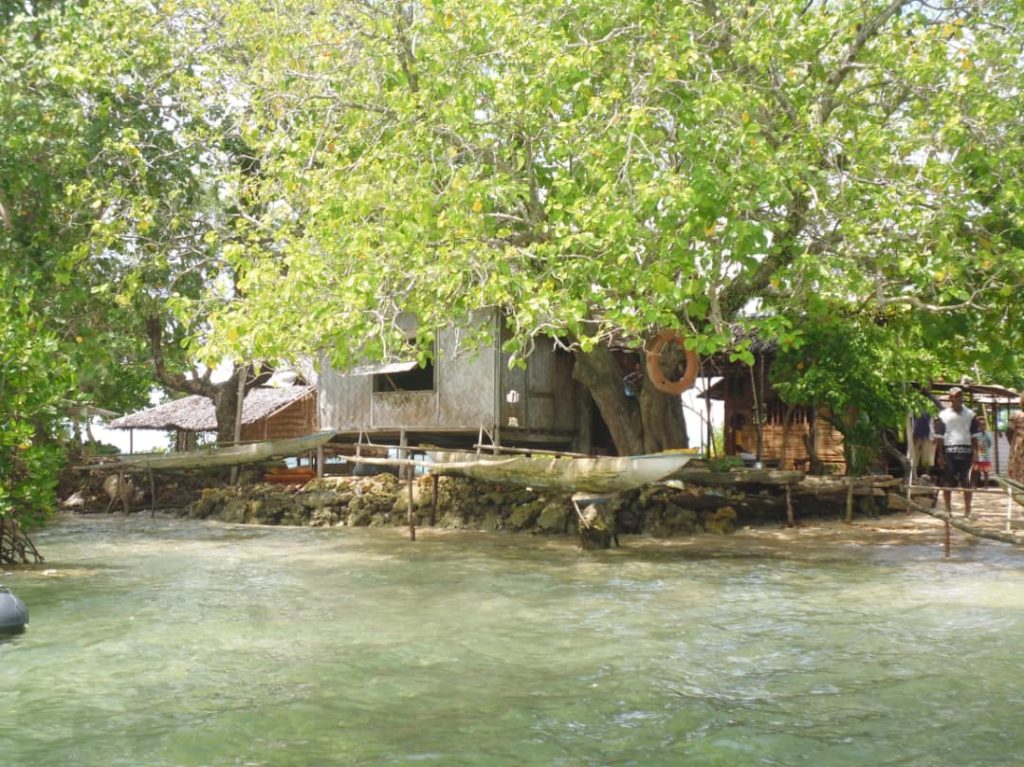
According to the United Nations Intergovernmental Panel on Climate Change, the effects of climate change in the Pacific Islands include significant temperature increases, changing rainfall patterns, greater monsoon variability, sea level rise, floods and more intense tropical cyclones. The impacts of climate change are likely to exacerbate the vulnerability of people in the region.
Many of these islands are affected by the rising sea level with their coastlines eroding away. But the most affected island communities are Kulinus, Utukul and Upuas.
These 3 islands lay next to each to each other and there are less than 100 people living on each of these islands. In visiting these islands, one needs to go through the rough seas for more than two hours from each island.
The first island, Kulinus, is a very small island with just about 80 people and this number includes both men, women and children. It can take you only 15 minutes to walk from end to end.
“ Our island is so small but over-populated. We love living here anyway. This is our life,” said Misiel Topen, Chairman of the Local Village Planning Committee of Kulinus. “We never thought the sea would destroy our island but our coastlines are eroding away and the island is getting smaller.”
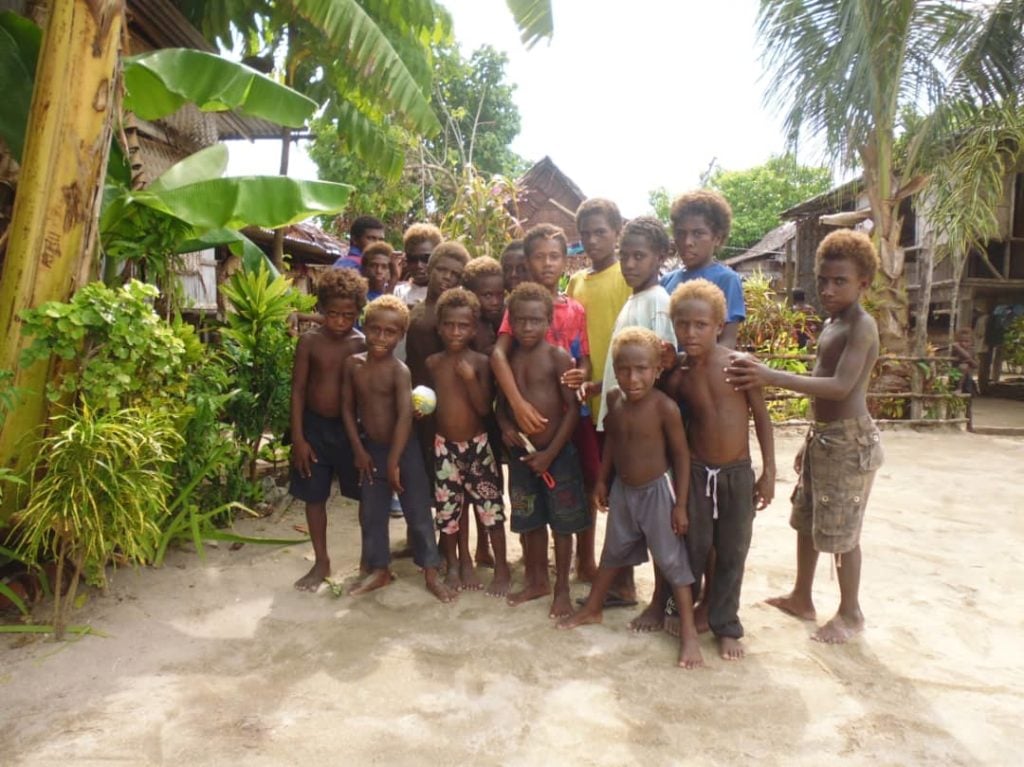
Topen said their children also needs to ride a small boat to go to the bigger island of Nusalava to attend school. They could not get to school, however, in times of bad weather in the island.
“ People from the big islands come and sell vegetables to us. We depend entirely on the sea for food and money. Before we could just stand on the beach or in the waters and fish but this not the case anymore. We have to paddle out into the deep blue sea to fish,” he said.
Topen lamented that the people also tried to build seawalls around the island but due to lack of proper materials and skills to build the wall, they abandoned the idea.
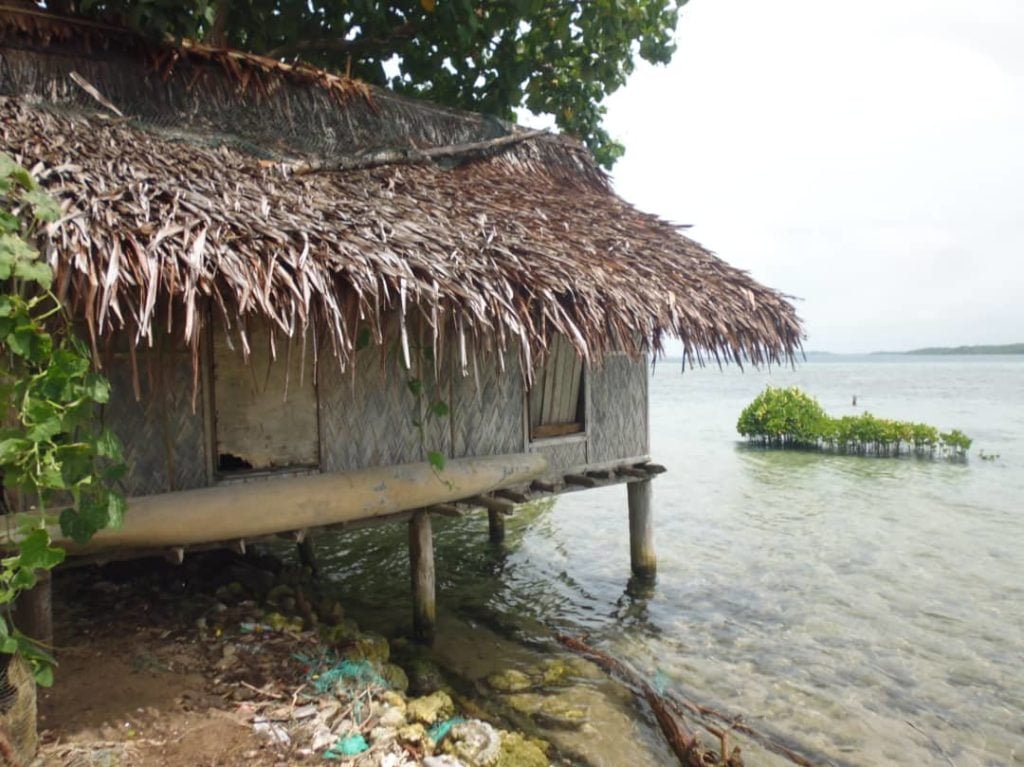
“ It would be better if the government can assist to provide us with gabion baskets for seawall or to build a proper one around the island,” he said.
Julie Thomas is from the Kairuku District in the Central province of Papua New Guinea. She lives in the Kulinus Island with her husband for more than 35 years.
“Life on the island can be both easy and challenging. I have to struggle for myself. If I don’t work hard, I’ll go hungry. So I always make sure I have a canoe to go out fishing so I can have fish too eat and to sell at the market for money,” Thomas said. “People travel to the big islands to make food gardens but today the population of pigs on the island have also increased and they’re destroying our food gardens.”
Most people in the island have no plot to plough or even own a small garden. “ We depend on the sea for our survival. Sourcing money and food is very difficult here. When the weather is fine, we are able to catch fish to eat and sell at the market for our money. But when the weather is bad, we go hungry.”
Canoe is a vital tool for survival in the islands. If you have a canoe, you can go out fishing. If you don’t then you’ll be hungry, they said.
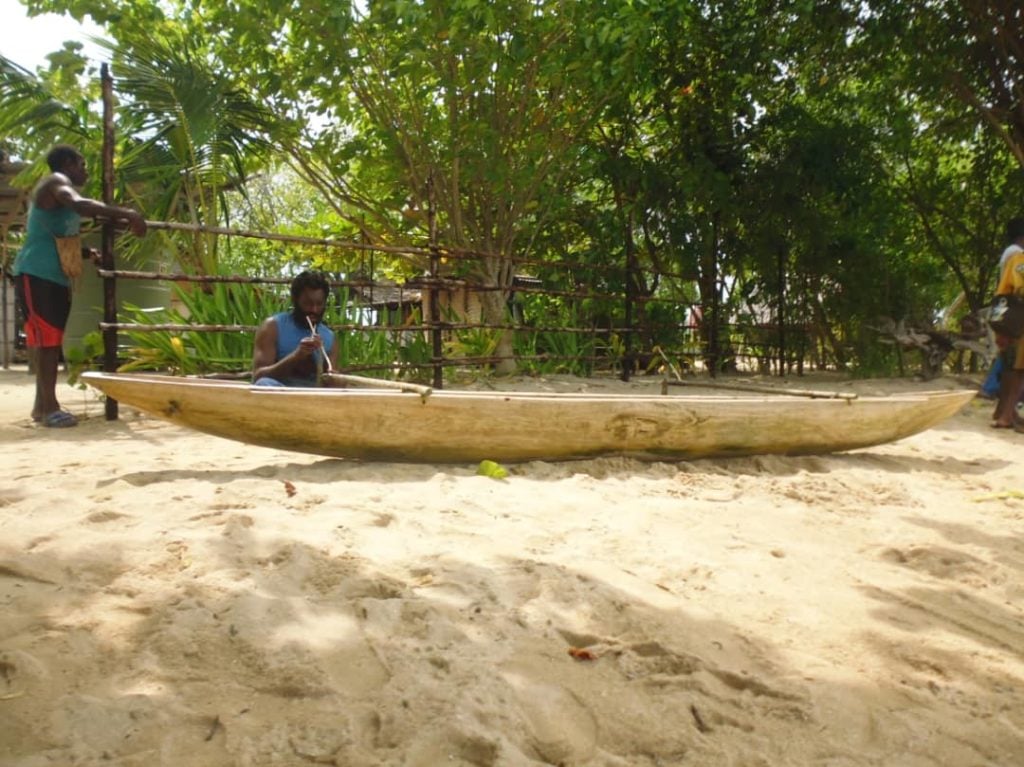
Thomas added that the education of their children also suffers due to the rising seas and erratic weather. “When the stormy weather sets in, our children cannot paddle to school, so somethings, they won’t be able to complete schooling.”
The people in the community said they have raised the issue to the local government for several times but no action has been taken into account so far.
“ The government should look at providing a proper boat to ferry people during stormy weather and assist us build proper seawalls around the island.” Thomas said.
Solomon Demi, a youth leader from the Kulinus island lamented: “Life on the island is good when the weather is fine but with the climate change problem, our community is affected by the rising sea level.”
“In community meetings, we are tasked to build seawall but we don’t have the proper materials to use. We use stones and timber sourced from the nearby bigger islands,” she said. “ We also throw rubbish on the shore to help reclaim land.”
For Demi, it is the government’s responsibility to help them build seawalls.
“ The need to relocate to the mainland is also imminent but we cannot move without government support. The government needs to come up with a proper relocation plan for communities affected by the rising sea level,” said Demi.
Like in the island of Kulinus, people in the islands of Utukul and Upuas have similar stories to tell. Their island is much smaller than Kulinus.
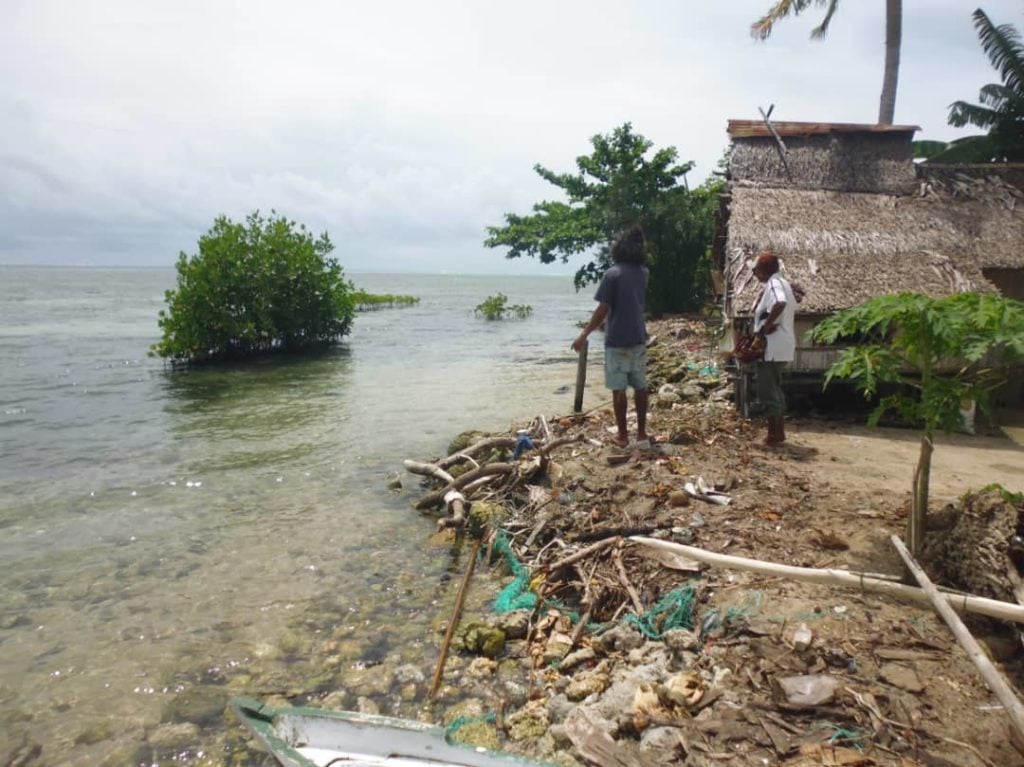
For Upuas, half of the island is gone. The old village cemetery is now under deep water. Old cement slabs that where used as foundation for houses and water tanks are also submerged in water.
“When the stormy weather sets in, we don’t sleep at night. We sit up all night to keep watch in case the strong winds and rough seas destroy our houses,” said Samuel Gawa, a community leader on Upuas island. “We also find it difficult to source food during the bad weather because it’s it difficult for us to paddle across to the bigger islands to buy food. Most times, whatever little food we gather is saved for the children and we adults can live on one meal per day.”
Villagers from these three islands of Kulinus, Utukul and Upuas have taken it upon themselves to plant mangrove seedlings around their small islands, in an attempt to protect their coastline from the rising sea that is mercilessly eating away their island homes.
They’re also throwing rubbish along their coastline to reclaim land.
Meanwhile Provincial Director of Environment and Climate Change within the New Ireland Provincial Administration Mr Gideon Bogosia said, the effects of Climate Change can be costly and the Provincial and National Government must look at addressing it now.
They must come up with policies to assist the affected communities.
At the moment, there is no Provincial Climate Change Adaptation Plan in place.
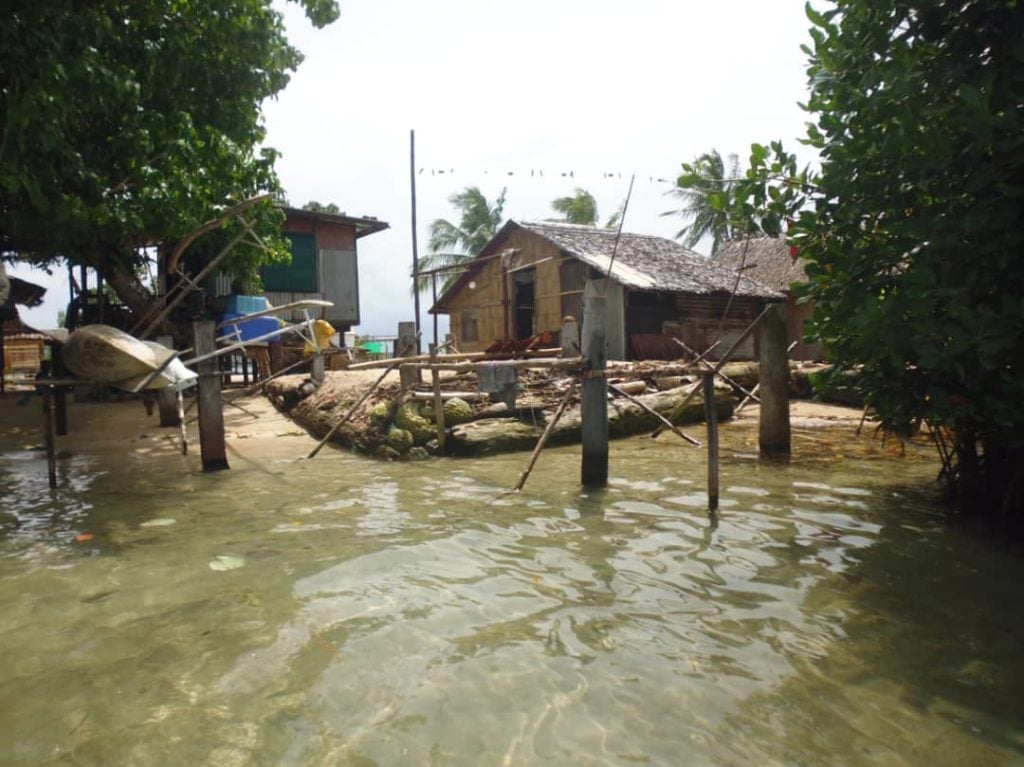
“Work on framing up this Plan began in 2017 but it’s still in the development stages. It’s about people being resilient and being able to rise up again after being affected by Climate Change effects,” said Mr Bogosia. “We have received a lot of reports throughout the province of communities being affected by coastal erosion and king tides that are destroying the coastline of the province.”
For Bogosia, the best way forward is to fast track the creation of the Provincial Climate Change Adaptation Plan as this will assist them in better coordination with all Government bodies in the province and country and donor aid agencies in addressing this problem.
“ It is a global issue but we have to address it at home and proper planning is key,” said Mr Bogosia.
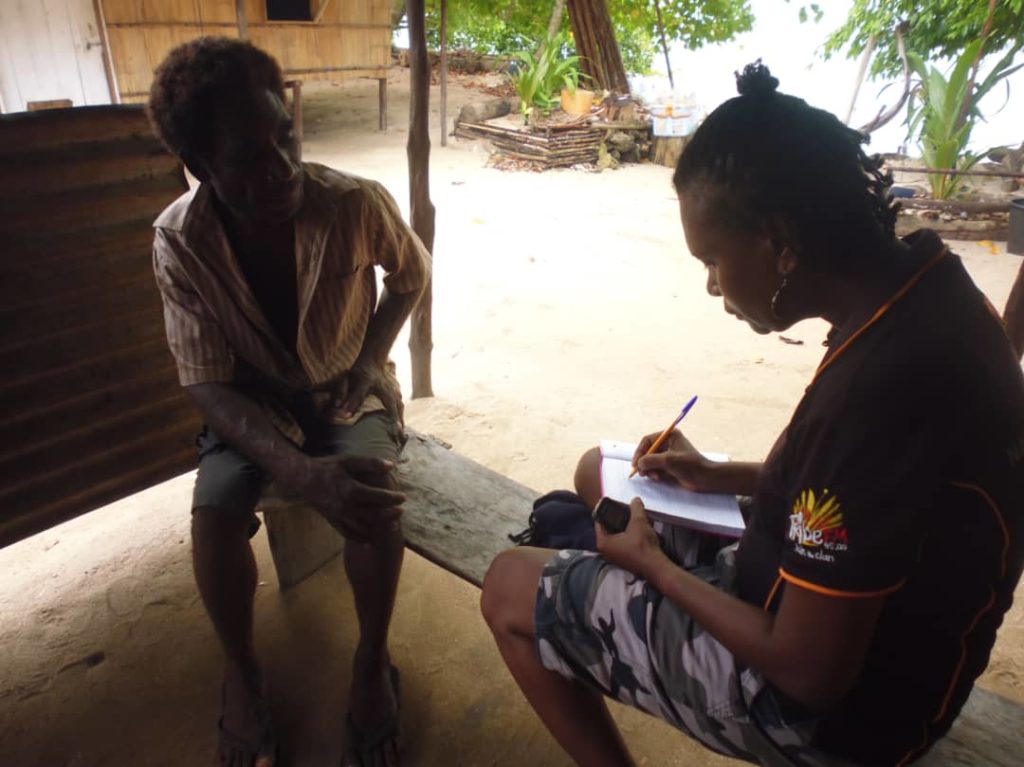
(This story of Roline Likas from the NBC in Papua New Guinea, is supported by a grant from Internews’ Earth Journalism Network and the Southeast Asia Press Alliance.)

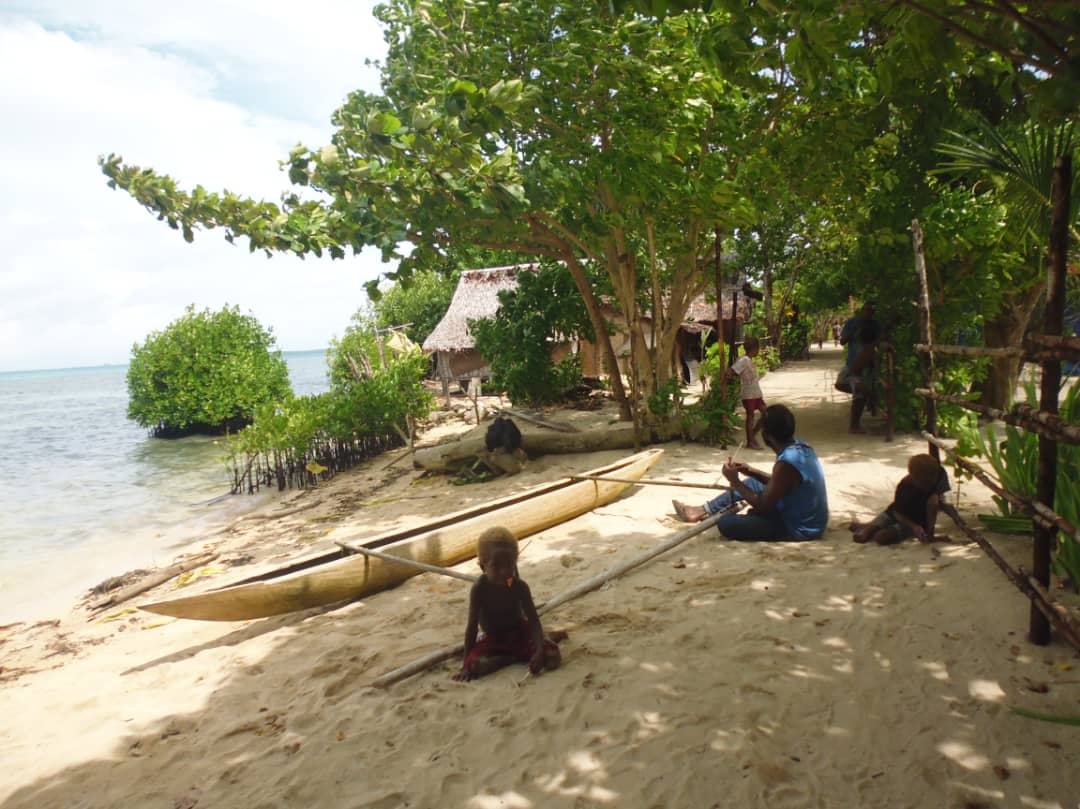
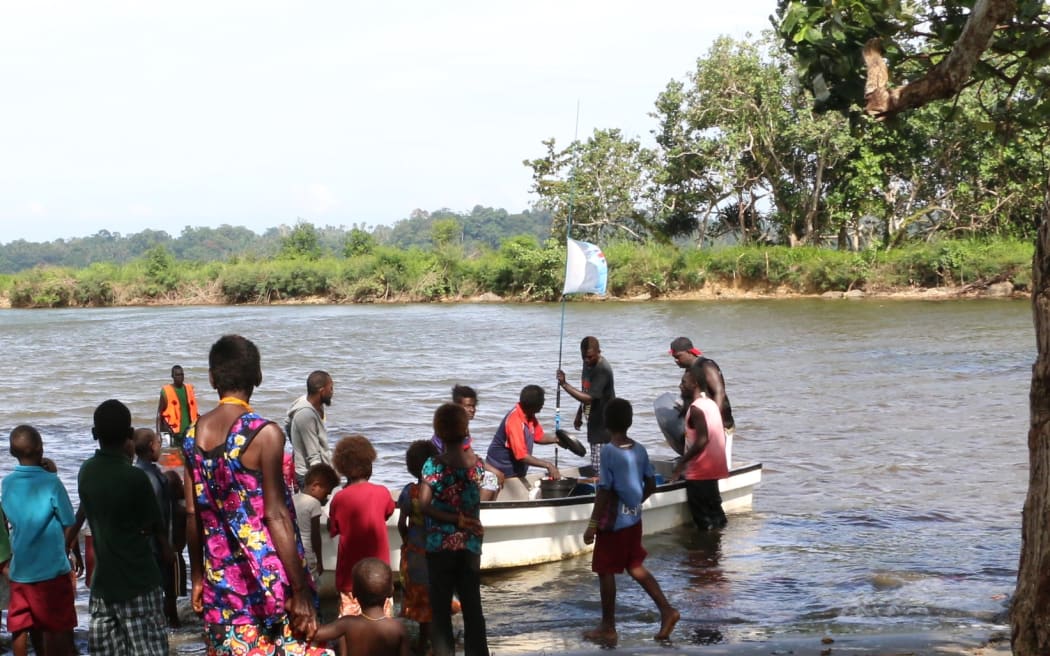

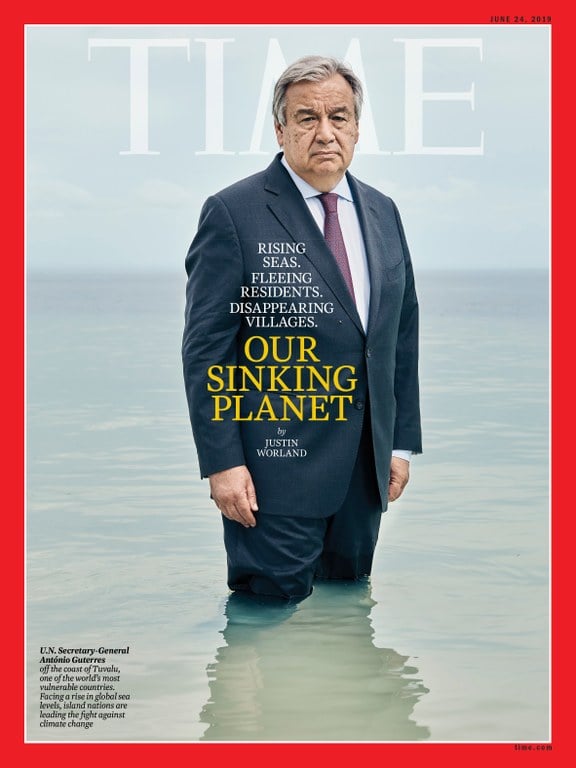
Great piece! Enjoyed reading it. Thumbs up!!